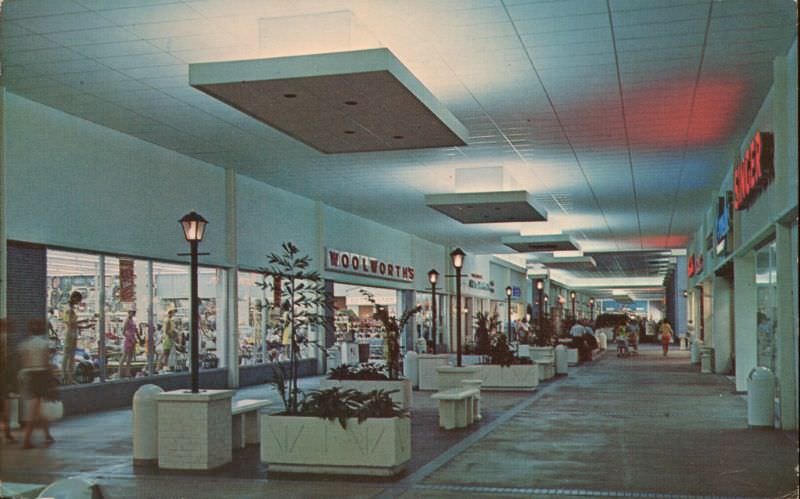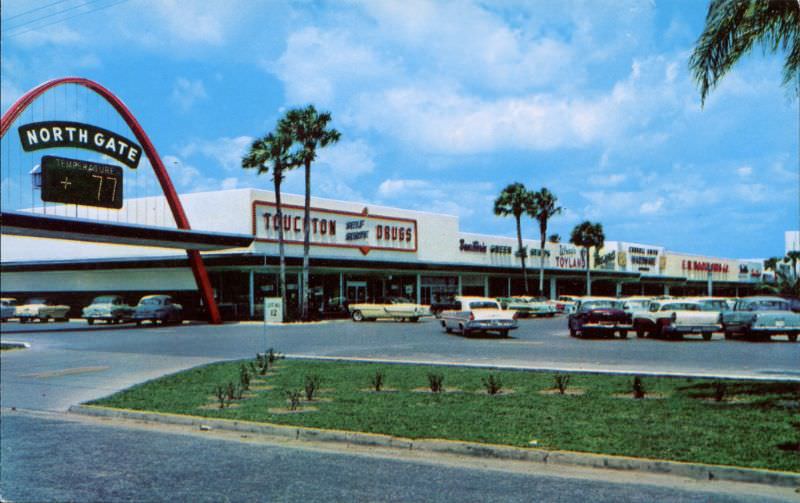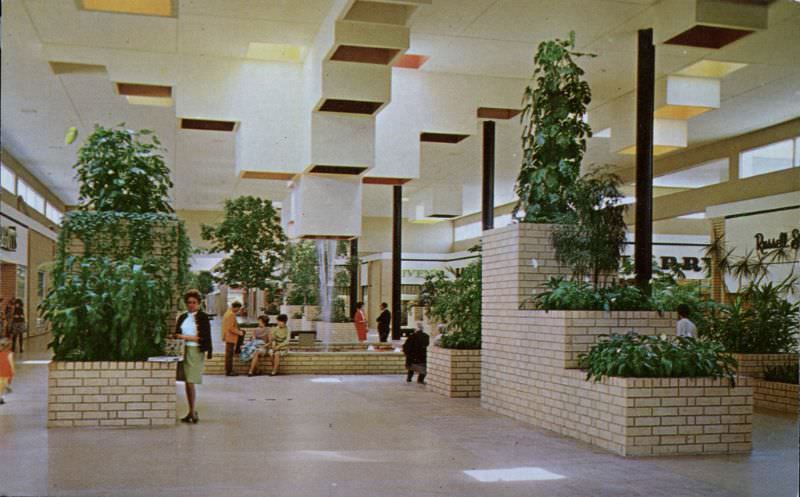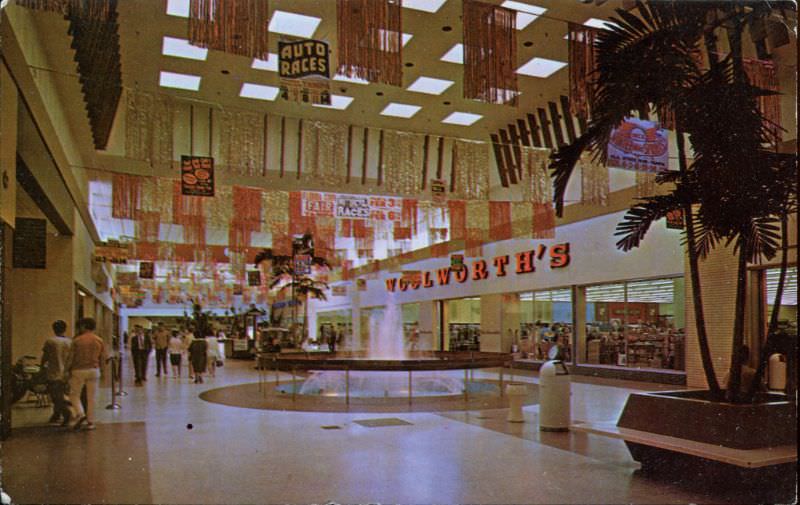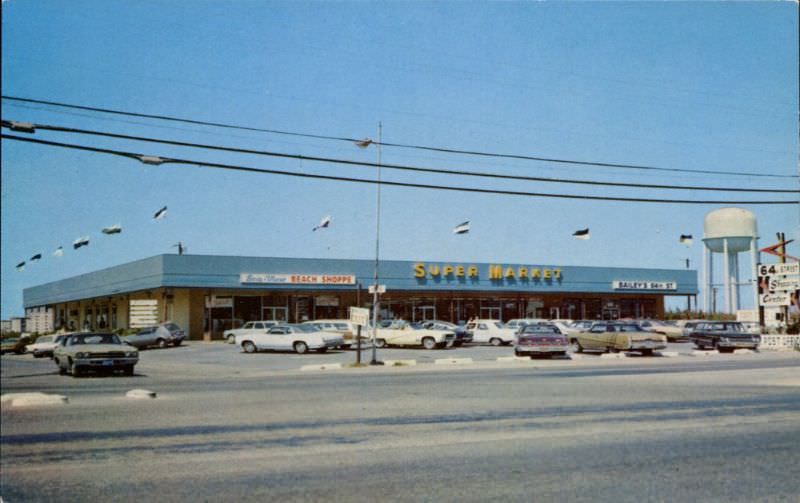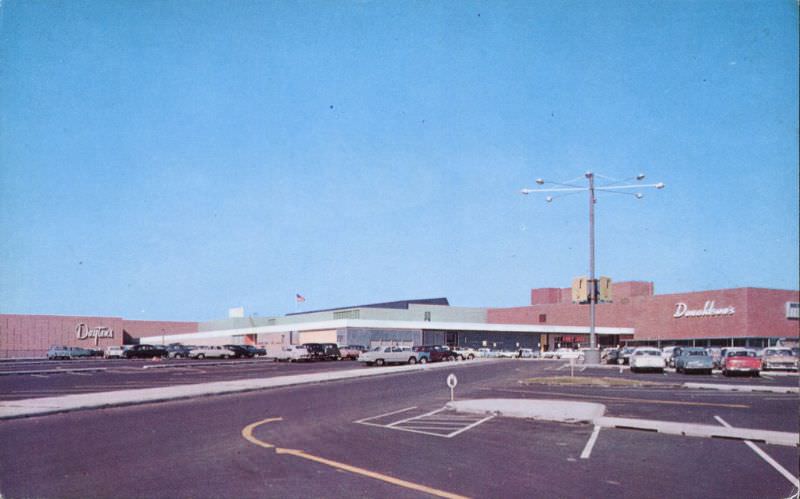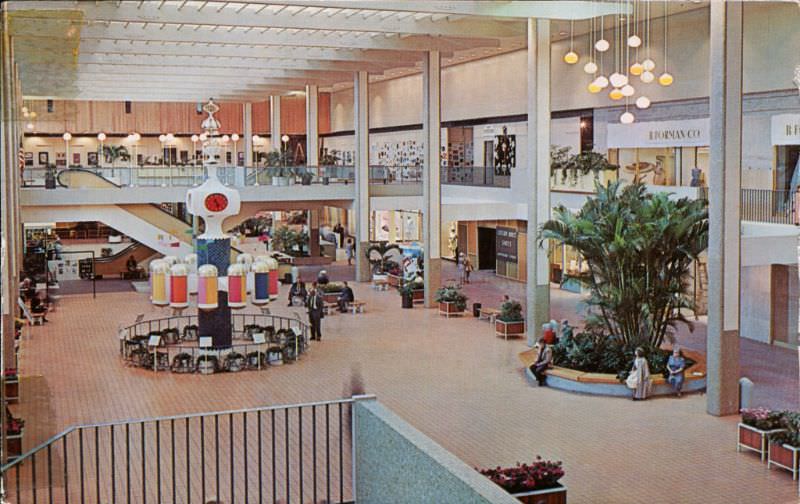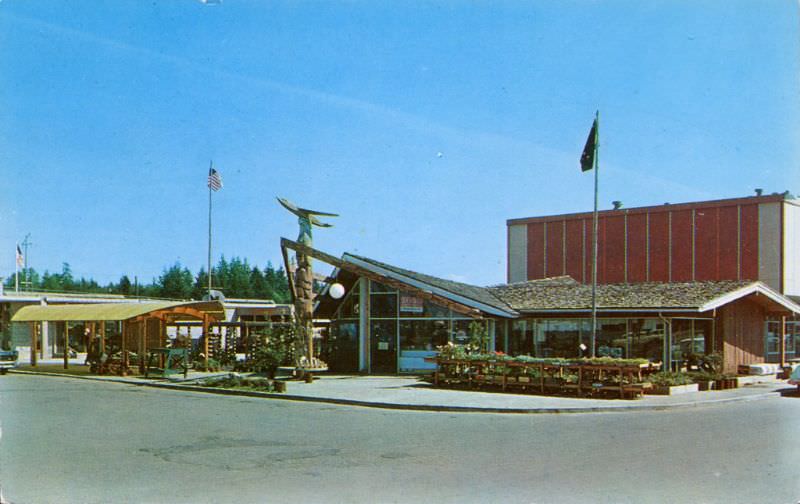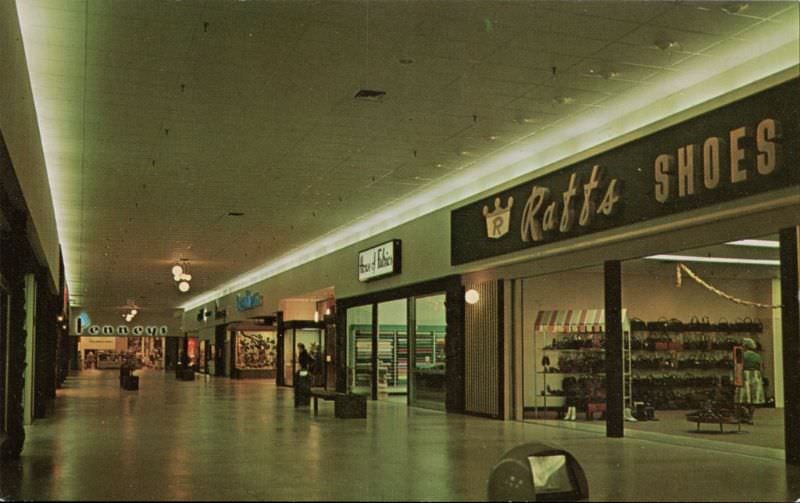Building on the momentum of the 1950s, the 1960s brought an unprecedented boom in the construction of shopping malls. Fueled by a robust economy, rapid suburbanization, and the advent of the interstate highway system, malls became a staple of American life. The convenience of having a plethora of stores under one roof, ample parking, and the emergence of the ‘one-stop-shop’ concept resonated with the growing middle class.
The architectural design of these malls continued to evolve, becoming more extravagant and innovative. The typical 1960s mall was characterized by vast, sprawling spaces, anchored by big-name department stores. These malls were often characterized by their open-air designs, large courtyards, and in some cases, peculiar features like bird cages and fishponds, making them a pleasant escape from the hustle and bustle of city life.
One notable example of the era was the Northland Center in Southfield, Michigan. Opened in 1954 and expanded throughout the 1960s, it was one of the largest shopping centers in the world. With a strikingly modern design, it housed over 100 stores, including four major department stores, making it a popular shopping destination.
The 1960s also marked a shift in the retail landscape within these malls. While department stores continued to be the major draw, there was a surge in specialty stores. These ranged from record shops, catering to the Beatlemania of the time, to trendy fashion boutiques, reflecting the vibrant fashion trends of the era.
Shopping malls were no longer just places to shop; they became the epicenters of social life. They were venues for concerts, art exhibitions, and charity events, serving as community gathering spots. For teenagers, they became the go-to hangout spots, a place to meet friends, browse through records, or simply enjoy a slice of pizza.
In a cultural context, shopping malls reflected the booming consumerism of the 1960s. They embodied the optimism and prosperity of post-war America. At the same time, they were a testament to the changing societal norms, as they became spaces where different generations, genders, and social groups could interact freely. They shaped consumer habits, influenced fashion trends, and even impacted urban development. More than just a shopping destination, they were vibrant social hubs that brought people together, fostering a sense of community and creating lasting memories.















